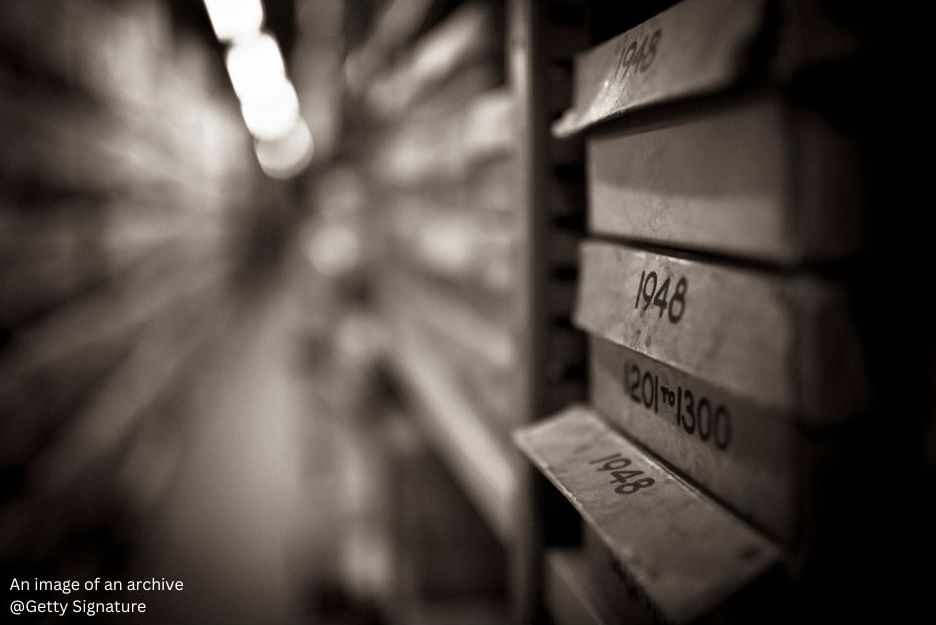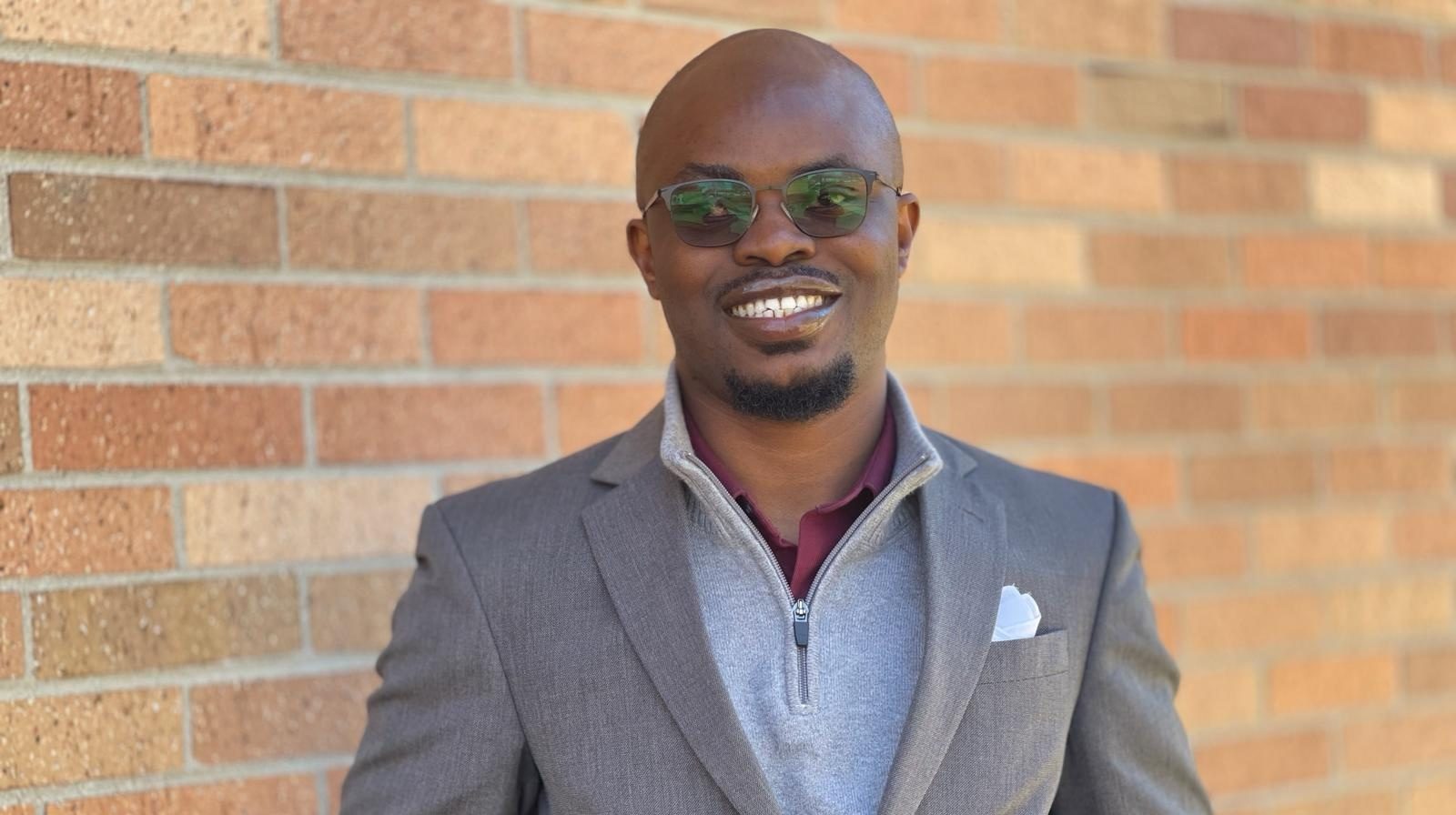Nineteenth-Century Literature
Gisele Baxter
Term 1
MWF, 12:00 PM – 1:00 PM
“Ghosts are Real (So are Vampires): 19th-Century Gothic Terror and Horror”
“Ghosts are real, this much I know” – Edith Cushing, Crimson Peak
“There are such beings as vampires; some of us have evidence that they exist” – Abraham Van Helsing, Dracula
Whether we take Edith or Van Helsing at their word, the 19th-century Gothic revival certainly emphasized possibilities for terror and horror in tales of the supernatural. However, these interventions of un-dead beings often take place in the recognizable present; they speak to its anxieties. Perhaps they speak to ours as well, given our recent fascination with Neo-Victorian representations of the 19th century, such as Penny Dreadful, From Hell, Crimson Peak, etc. As we journey into the dark days of autumn, we will address issues of gender and sexuality; class, race, and culture; realism and the supernatural; urban and rural settings, all in a century known for developments in science and technology, social upheaval, and a veneer of respectability, yet with monsters lurking in closets and under beds.
The core text list will tentatively include John Polidori’s The Vampyre, Sheridan LeFanu’s Carmilla, Bram Stoker’s Dracula, Henry James’s The Turn of the Screw, Margaret Oliphant’s The Library Window, and short fiction from The Oxford Book of Victorian Ghost Stories (we may even look at a few excerpts from the genuine penny dreadful serial, Varney the Vampire). We will consider the evolution of academic critical responses (as well as popular reaction) to such texts, and the way in which such texts have shaped the way we think about and visualize the 19th century. Evaluation will be based on two short essays, a term paper, and a final examination, as well as contribution to in-class and Canvas-based discussion.
Check my blog (http://blogs.ubc.ca/drgmbaxter/) for updates concerning the course, its texts, and its requirements.


